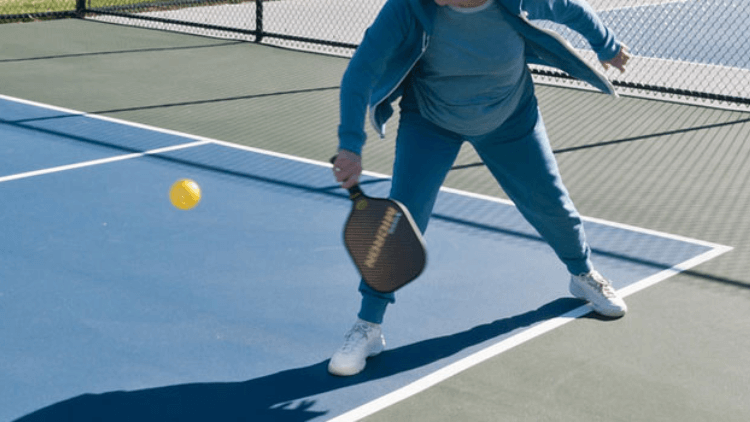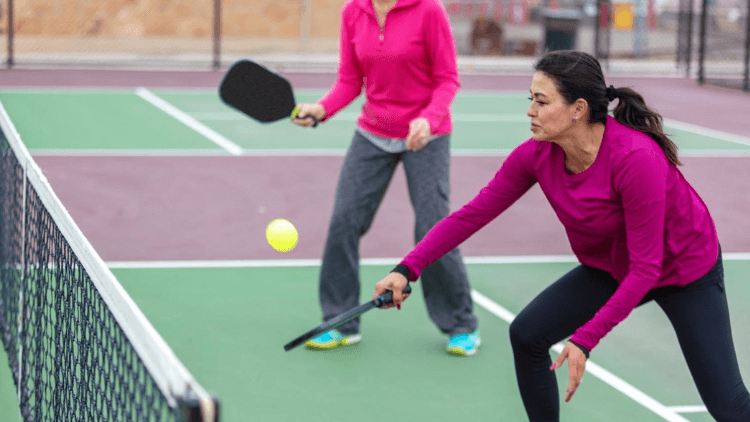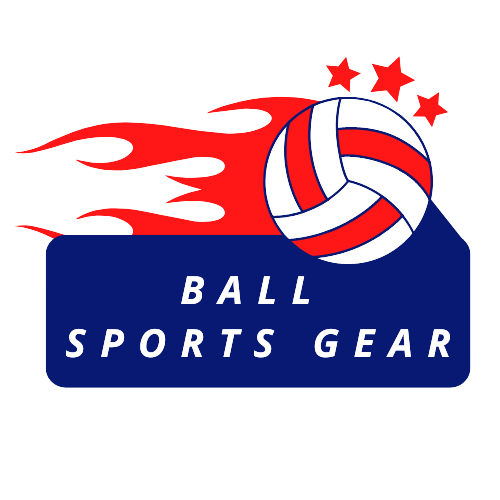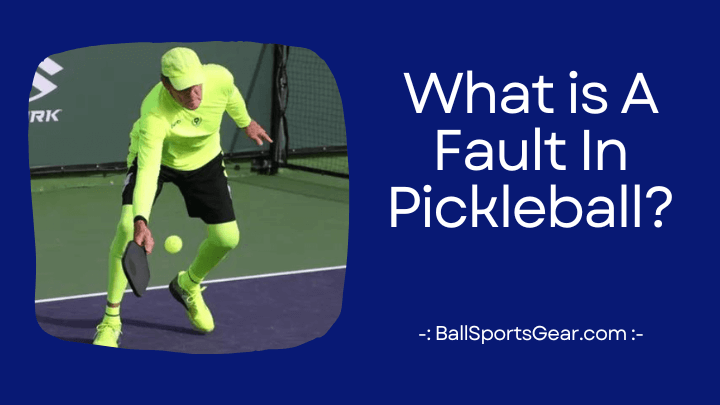Pickleball is a thrilling and entertaining game that incorporates aspects of ping-pong, badminton, and tennis. It is simple to learn and enjoy, and it can be played by individuals of all ages and ability levels. Pickleball has its own set of rules and regulations, though, just like any other sport. What a fault is and how it influences the game are two of the most crucial pickleball concepts to comprehend.
A pickleball mistake is a rule infraction that can cost you points, games, or potentially the match. When a fault occurs, the other team receives the serve and the point is awarded to them. Pickleball mistakes include hitting the ball out of bounds or into the net, not allowing the serve or return of serve to bounce before hitting it, stepping into the no-volley zone while hitting a volley, touching the net or the net posts with any part of your body or paddle, hitting the ball before it passes the plane of the net, double hitting or carrying the ball with your paddle, and more.
In this article, we will explain What is A Fault In Pickleball? What does fault mean in pickleball? What are the three most common faults in pickleball, and how to avoid faults in pickleball. By learning these concepts, you will be able to play pickleball more confidently and correctly, and have more fun on the court.
What Are The 3 Faults In Pickleball?
Fault #1: Foot Fault

A foot fault in pickleball occurs when a player steps on or over a line that they are not supposed to during a serve or a volley. There are two main types of foot faults in pickleball: baseline foot fault and no-volley zone foot fault.
A baseline foot fault occurs when the serving player’s foot crosses over the baseline during a serve. The serve must be performed behind the baseline, which is the back line of the court. If the serving player’s foot touches or goes over the baseline before or during contact with the ball, it is a fault.
A no-volley zone foot fault occurs when a player enters or touches the no-volley zone while hitting a volley. The no-volley zone is also known as the kitchen foot fault in pickleball, and it is a 7-foot area on both sides of the net. A volley is a shot that is hit in the air without letting it bounce. The no-volley zone rule prevents players from hitting smashes or drop shots from close to the net, which would give them an unfair advantage. If a player steps into or touches the no-volley zone with any part of their body or paddle while hitting a volley, it is a fault.
To avoid foot fault in pickleball, you need to be aware of your position on the court and respect the lines that define it.
Fault #2: Double Bounce Fault
A double bounce fault in pickleball occurs when a player hits the ball before it bounces twice on their side of the court. This violates the two-bounce rule, which states that each team must let the serve and the return of serve bounce once on their side of the court before hitting it. This rule prevents players from rushing to the net and hitting volleys right after the serve, which would give them an unfair advantage.
A double bounce fault can happen on either side of the net, but it is more common on the receiving side. Sometimes, players may get confused by the spin or speed of the ball and hit it before it bounces twice. Other times, players may get impatient or eager to hit the ball and forget to wait for it to bounce twice.
To avoid double bounce faults in pickleball, you need to learn and follow the two-bounce rule and practice your timing and anticipation skills.
Fault #3: Out-of-Bounds Fault
An out-of-bounds fault in pickleball occurs when a player hits the ball outside the boundaries of the court or the service zones. The boundaries of the court are marked by lines on the ground, and they vary depending on whether you are playing singles or doubles. The service zones are the areas where the serve must land to be valid, and they are divided by the centerline, the sideline, and the non-volley zone line.
An out-of-bounds fault can happen on either side of the net, but it is more common on the serving side. Sometimes, players may hit the ball too hard or too soft and miss their target. Other times, players may hit the ball with too much or too little spin and curve it out of bounds.
To avoid out-of-bounds faults in pickleball, you need to recognize and respect the boundaries of the court and the service zones and practice your accuracy and placement skills.
Tips To Avoid Faults in Pickleball
- Be aware of your feet and make sure they are behind the baseline before you serve. If you are unsure, ask a friend or another player to check your feet for you.
- Be aware of the ball and make sure it has bounced once on each side of the net before hitting it. If you are unsure, ask a friend or another player to check the ball for you.
- Be aware of your wrist and make sure it is above the height of the ball at contact. This will help you avoid hitting the ball into the net or out of bounds.
- Be aware of the net and make sure you do not touch it or the net posts with any part of your body or paddle when the ball is in play.
- Practice your serve, return, and volley skills regularly with different types of balls and paddles. This will help you improve your accuracy, placement, timing, and anticipation.
- Make sure you are hitting the ball within the boundaries of the court. If you are unsure, ask a friend or another player to check the boundaries for you.

Frequently Asked Questions
A: If a player commits a fault in pickleball, the opposing team earns a point. The faulting team loses the rally and the serve, which is then given to the other team. It’s essential to follow the rules and avoid faults to maintain fair play and prevent the opposing team from gaining an advantage.
A: No, faults in pickleball cannot be contested or challenged. The officials or players themselves are responsible for identifying and enforcing faults. However, if there is a dispute about a particular fault, players can discuss the situation with each other and come to a mutual agreement. It’s always best to maintain good sportsmanship and resolve conflicts amicably.
A: There are no specific penalties for committing faults in pickleball. Instead, the opposing team is awarded a point and the serve. However, if a player consistently commits faults or violates the rules, it may result in a loss of reputation or respect from other players. It’s important to play within the rules and strive for fair and sportsmanlike conduct.
Conclusion
In conclusion of What is A Fault In Pickleball? While pickleball has gained popularity as a recreational sport, it is not without its faults. Several key issues can be identified within the sport, including inadequate court space, limited availability of pickleball-specific facilities, and concerns regarding the sport’s inclusivity. Additionally, the lack of standardized rules and regulations across different regions and organizations can lead to inconsistencies and confusion for players.
Despite these faults, pickleball continues to attract a dedicated following, and efforts are being made to address these issues and further develop the sport. With continued attention and improvements, it is possible to overcome these challenges and enhance the overall pickleball experience for players of all skill levels.

